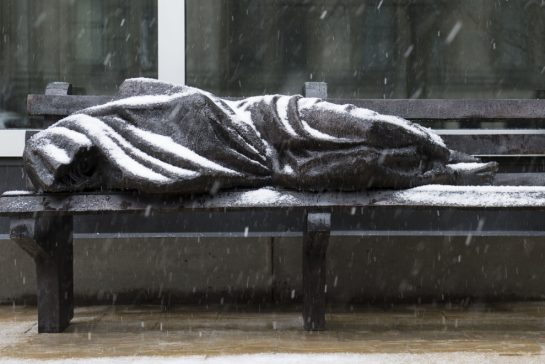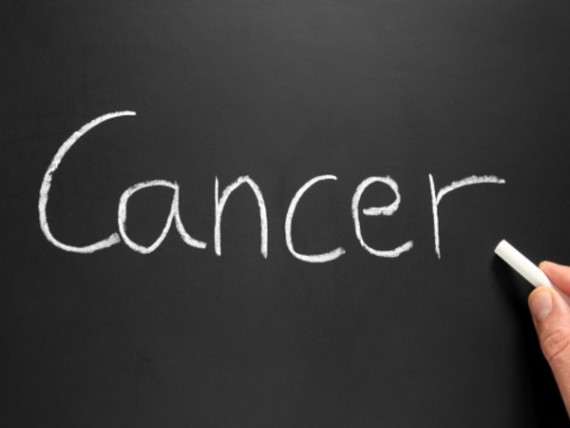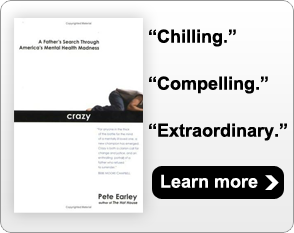
I would never wish a serious mental illness on anyone, but I do wonder how our elected officials’ perspectives might change if someone close to them became seriously ill.
Consider Arapahoe County District Attorney George Brauchler, the prosecutor who declared that the only acceptable sentence in the horrific Aurora, Colorado, mass murder shooting was death for James Eagan Holmes, a 25 year-old student who has been diagnosed with schizophrenia.
“You can bring justice to this act and to him,” Brauchler said during his closing arguments in the case, pointing at Holmes. “And for James Egan Holmes, justice is death.”
“Justice is death” had become Brauchler’s mantra from the beginning of the movie shooting tragedy.
No one can discount the savagery of Holmes’ actions. He murdered 12 people, including a 6 year-old child – and injured 70 others. As The Washington Post reported, the stories of these victims moved jurors to tears. All of us feel empathy for the victims. The survivors’ pain and suffering is difficult to imagine.







